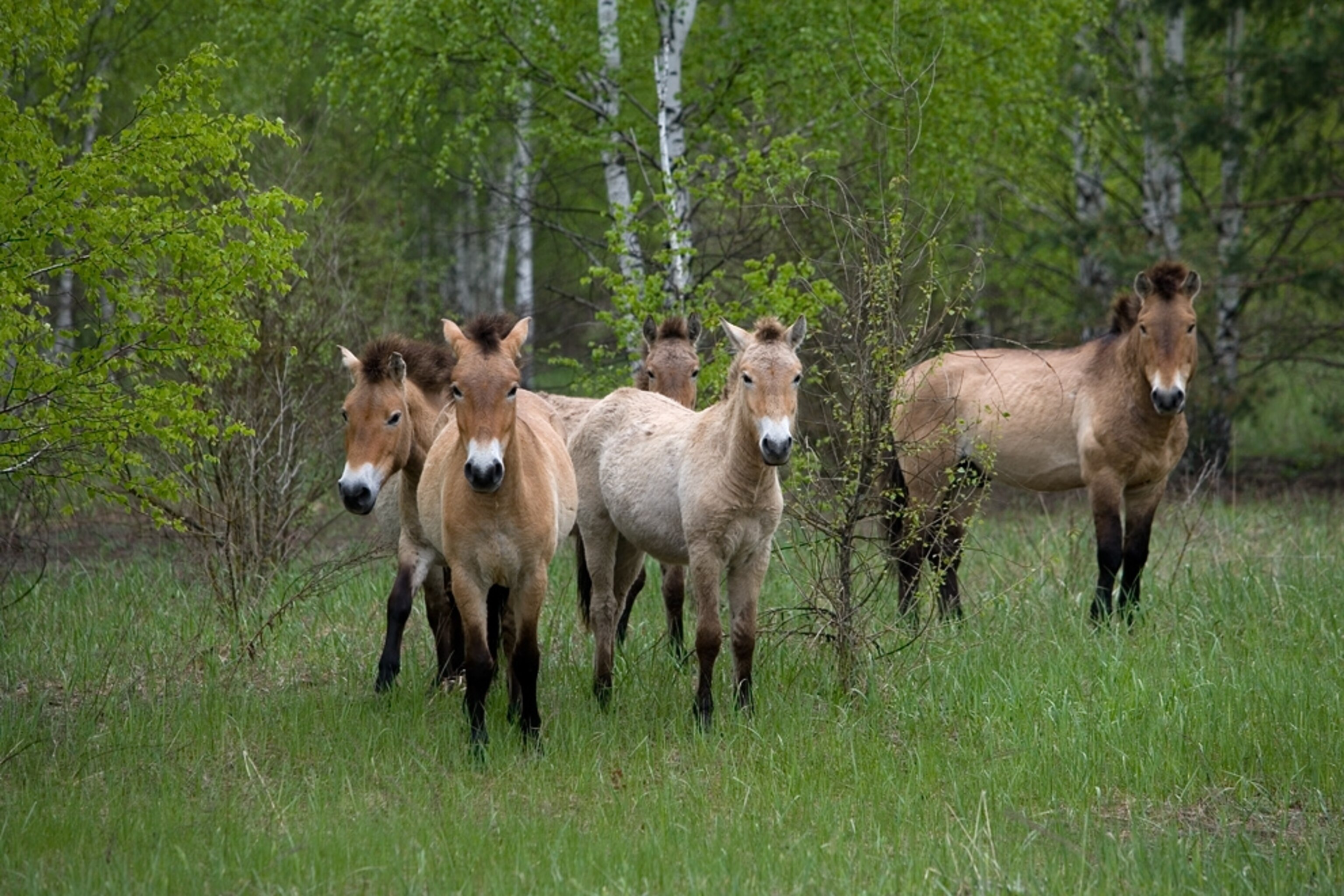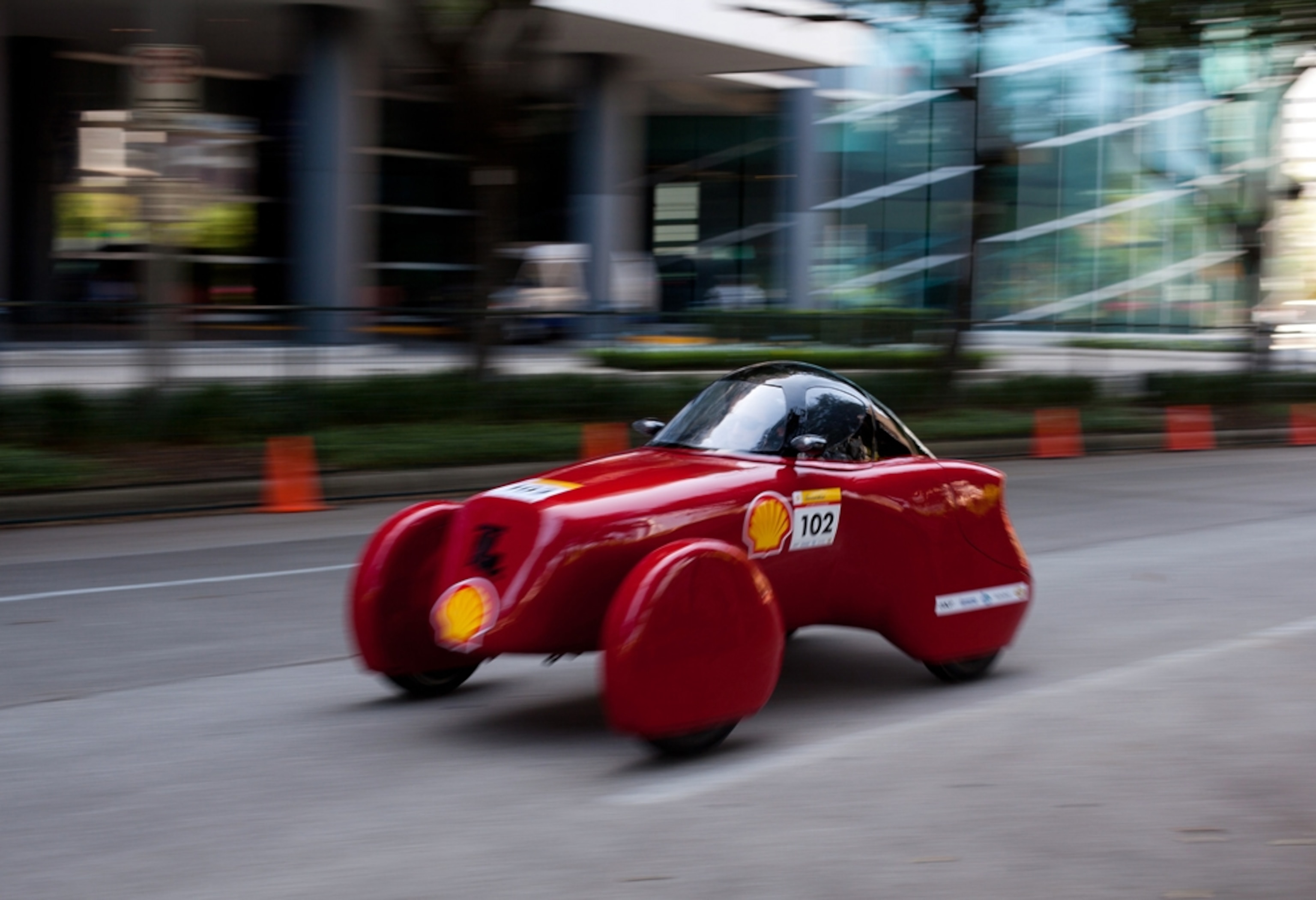Photograph by Peter Macdiarmid, Getty Images
Pictures: Most Hopeful Energy Developments of 2011
While 2011 was a year of nuclear disaster and grim prognostications regarding emissions and energy demand, several bright spots stood out as well, from strides in building efficiency to new green spaces.
December 29, 2011











